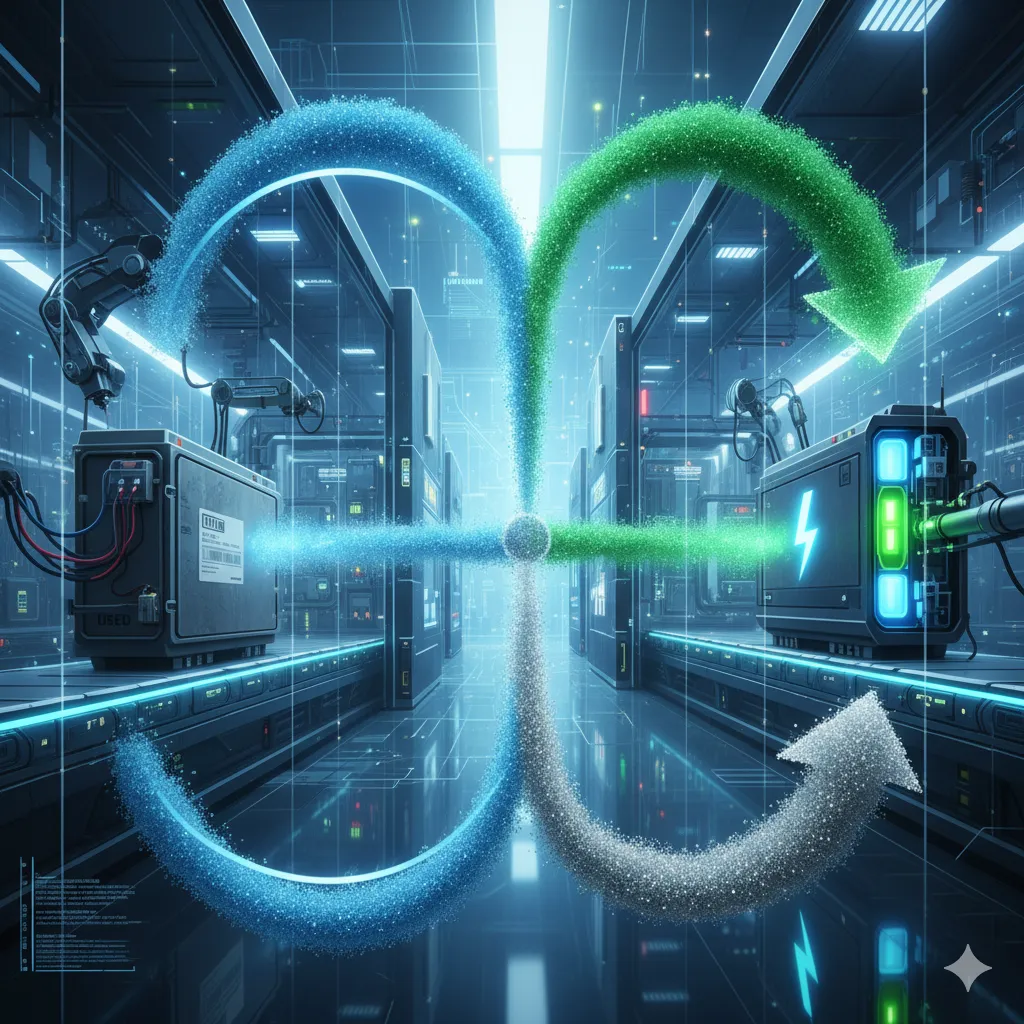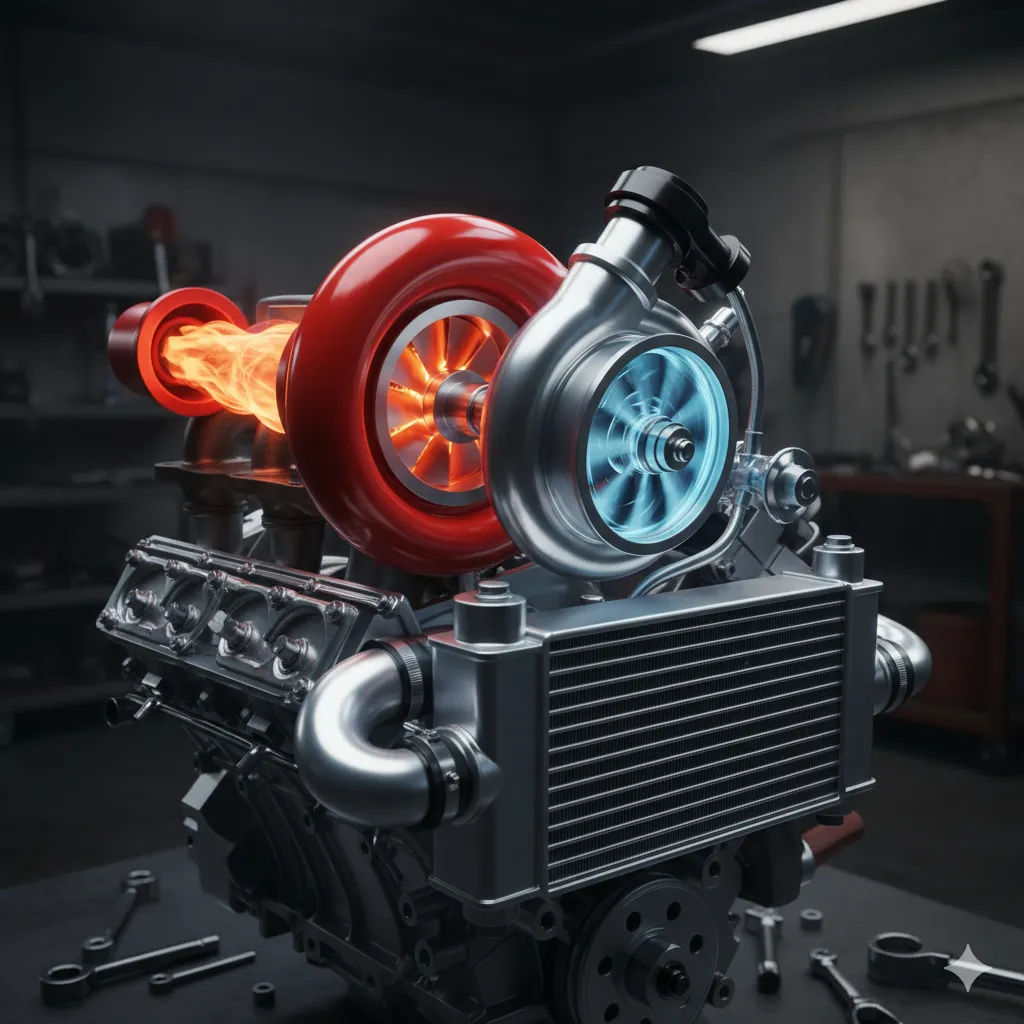
The Essential Guide to EV Battery Recycling
Powering the Next Generation: The Essential Guide to EV Battery Recycling
The electric vehicle (EV) revolution is in full swing, promising a cleaner, greener future for transportation. Yet, as millions of EVs hit the road, a critical question arises: What happens when the batteries die? This question isn’t just about waste management; it's about securing a sustainable and resilient supply chain for the most valuable components of an EV: the lithium-ion batteries (LIBs).
EV battery recycling is the crucial link in creating a true circular economy for electric mobility. It transforms end-of-life batteries from potential hazardous waste into a vital source of critical minerals like lithium, cobalt, and nickel, drastically reducing the environmental footprint of the entire EV lifecycle. This essential guide will explore the process, the challenges, and the incredible innovations driving the future of sustainable battery management.
The Urgency of EV Battery Recycling
Unlike the lead-acid batteries in traditional cars, which boast a near-perfect recycling rate, lithium-ion battery recycling is a complex and relatively new industry.
The sheer scale of the EV transition makes this a priority. An average EV battery pack weighs around 1,000 pounds (450 kg) and contains highly volatile materials. Improper disposal, such as sending them to a landfill, poses significant environmental and safety hazards, including the risk of toxic leaching and catastrophic fires. Experts predict that by 2030, millions of tons of used EV batteries will reach their end-of-life stage, a wave of material that requires a robust, scalable, and safe recycling solution.
Environmental and Economic Impact
EV battery recycling offers a triple-win:
-
Reduced Environmental Footprint: Recycling processes typically consume 77% to 89% less energy and emit significantly fewer greenhouse gasses compared to mining virgin materials. Furthermore, it conserves water and minimizes land disruption associated with extraction.
-
Resource Security: Lithium, cobalt, and nickel are finite, critical minerals often sourced from a small number of countries, creating supply chain vulnerability. Recycling establishes a reliable, domestic source of these metals, bolstering the economic security of battery manufacturers.
-
Hazardous Waste Mitigation: Safe, certified recycling ensures that volatile components and toxic heavy metals are recovered and neutralized, preventing environmental contamination.
The EV Battery Life-Cycle: Beyond the First Life
Before a battery reaches the recycler, it typically goes through a process designed to maximize its value. This is known as the “4R” strategy: Reduce, Reuse, Remanufacture, and Recycle.
1. Second-Life Applications (Reuse)
An EV battery is considered "end-of-life" for a vehicle when its capacity drops to about 70-80% of its original state. However, 70% capacity is still perfectly usable for less demanding applications.
-
Grid Storage: Repurposing EV battery packs for stationary energy storage (known as second-life batteries) is a massive opportunity. These batteries can store energy from intermittent renewable sources like solar and wind, helping stabilize the power grid and reduce reliance on fossil fuels.
-
Commercial/Residential Storage: They are also used to power microgrids, commercial buildings, and even homes, offering a more affordable alternative to new battery storage systems.
By extending a battery’s life, we defer the need for recycling, maximizing the return on the energy invested in its production.
2. Diagnosis and Disassembly
Once a battery is truly exhausted or damaged beyond repair, it enters the recycling stream. This stage is complex due to the size, weight, high voltage, and varied chemistries of different battery packs.
-
Discharge and Safety: The battery must be safely discharged to a zero-volt state to mitigate fire and explosion risks during transport and processing.
-
De-manufacturing: Automated systems are increasingly used to safely disassemble the large, complex pack into smaller, more manageable modules and individual cells.
Technologies Driving Modern EV Battery Recycling
The core of EV battery recycling focuses on efficiently recovering the black mass—the powdery material containing the valuable cathode and anode materials—and then extracting the critical metals from it. Two main industrial-scale processes dominate the sector.
A. Pyrometallurgy (Smelting)
This is the traditional, heat-based method.
-
Process: Used batteries (often shredded or partially disassembled) are fed into a high-temperature furnace (smelter).
-
Pros: It can handle various battery types and is a simpler, mature technology. It effectively recovers nickel, cobalt, and copper.
-
Cons: The extreme heat incinerates the plastic, aluminum, and lithium components, making lithium recovery difficult and inefficient (often leaving it in the slag) and releasing some greenhouse gases.
B. Hydrometallurgy (Chemical Leaching)
This process is generally viewed as more environmentally friendly and more efficient for recovering all critical materials.
-
Process: Shredded batteries are dissolved in an acidic or solvent solution (leaching). Chemical agents are then used to selectively precipitate and separate the target metals (nickel, cobalt, manganese, and crucially, high-purity lithium) into reusable salts or compounds.
-
Pros: Achieves higher recovery rates for lithium and other valuable elements. Operates at much lower temperatures, requiring less energy.
-
Cons: Creates chemical wastewater that requires careful treatment. The complexity of the process can be higher.
C. Direct Recycling (The Future)
This cutting-edge approach aims to bypass the destructive steps of both pyrometallurgy and hydrometallurgy.
-
Process: The goal is to separate and preserve the complex cathode structure (cathode-to-cathode recycling) without destroying the material itself. This involves gentle mechanical separation and minimal chemical treatment.
-
Pros: Significantly reduces energy use and manufacturing costs. It directly produces cathode-ready materials, closing the loop most effectively.
-
Cons: Technology is still scaling up and is highly sensitive to variations in battery chemistry and design.
Overcoming the Challenges in the EV Battery Recycling Landscape
While the technology is rapidly improving, several key challenges remain for EV battery recycling to scale into a global, robust industry:
The Closed-Loop Vision
Companies like Redwood Materials and Li-Cycle are leading the charge, building large-scale recycling facilities that aim to create a closed-loop battery supply chain. The vision is simple: EV batteries are recycled, the recovered materials are processed to battery-grade quality, and these materials go directly back into the manufacturing of new batteries, eliminating the need for new mining in a truly sustainable cycle. This is the ultimate promise of EV battery recycling
In conclusion, the future of sustainable transportation is inextricably linked to the success of EV battery recycling. By embracing innovation in technologies like hydrometallurgy and direct recycling, and by establishing effective logistical and regulatory frameworks, the industry can successfully manage the coming wave of end-of-life batteries, transforming them from an environmental concern into an invaluable, domestic resource that powers the next generation of electric vehicles.
e) External Links
-
US EPA on Lithium-Ion Battery Recycling: (For official US government perspective on hazardous waste and processes)
-
European Commission on Batteries and Waste Batteries: (For global regulatory and circular economy context)
-
Redwood Materials (or similar industry leader) Official Site: (For current industry applications and scale-up)





